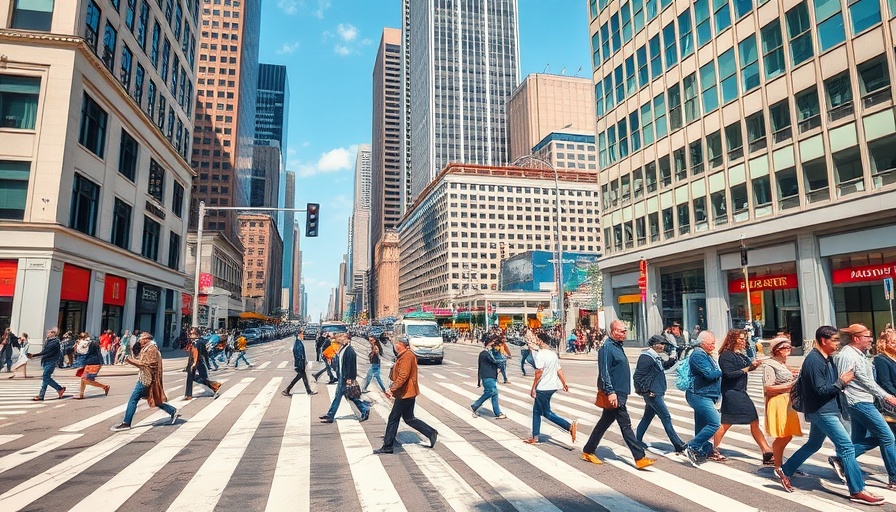
Rethinking Urban Mobility: The Case for Car-Free Living
The rise in car prices, with new vehicles averaging nearly $49,000, has made owning a car increasingly burdensome for many Americans. With soaring costs, a significant portion of the population—almost half, according to recent surveys—finds that car ownership hampers their financial stability.
As cities evolve, some have started to become beacons of car-free living, showcasing robust public transportation systems and walkable neighborhoods. These cities facilitate mobility without reliance on vehicles, addressing socioeconomic disparities and environmental concerns alike.
Top U.S. Cities Leading the Charge
According to a study conducted by Redfin, certain cities have emerged as leaders in fostering car-free lifestyles. Let’s take a look at some highlights:
1. Cambridge, MA: A Pinnacle of Car-Free Living
With a Car-Free Score of 84.6, Cambridge stands out as the best U.S. city for those looking to live without a car. This historic urban center is characterized by:
- Walkability: The city’s compact neighborhoods like Harvard and Central Square are rich in essential services, enabling residents to run errands on foot easily.
- Bike-Friendly Infrastructure: Well-planned bike lanes and access to trails ensure that cycling is not only feasible but enjoyable.
- Strong Public Transportation: With the MBTA’s Red Line providing quick access to Greater Boston, residents can navigate the city efficiently without a car.
2. New York, NY: A City of Transit and Options
New York City follows closely with a Car-Free Score of 81.5. Thanks to its dense urban planning, only a minority of residents own vehicles. The city's vast subway system, buses, and bike-sharing programs demonstrate effective transit solutions that reduce the necessity for cars.
Exploring Other Notable Car-Free Cities
Several other cities are also making strides in offering car-free living solutions. Places like San Francisco, Portland, and Washington D.C. showcase various forms of reliable public transit, walkable districts, and extensive bike paths, further pushing the boundaries of traditional urban mobility.
Social Considerations: More Than Just Convenience
The option to live car-free extends beyond mere convenience; it touches on significant social issues. For instance, areas with better transit accessibility often see enhanced health outcomes, reduced pollution levels, and improved housing equity. With less reliance on cars, residents can also save considerably on transportation costs, allowing greater financial freedom.
Looking Ahead: The Future of Transportation in Urban Settings
As urbanization continues to grow, imagining cities without the burden of car dependency becomes increasingly feasible. Future trends suggest an uptick in car-sharing alternatives, expanded transit lines, and enhanced pedestrian infrastructures that prioritize accessibility for all.
The Takeaway: Embracing Change in Urban Mobility
Cities are gradually redefining how we think about mobility. The concept of living without a car is no longer confined to a utopian ideal but is becoming a practical reality—one that promises improved urban experiences and a reduced environmental footprint. As car ownership becomes less economically viable, embracing these car-free cities may offer a promising solution for many.
 Add Row
Add Row  Add
Add 




Write A Comment